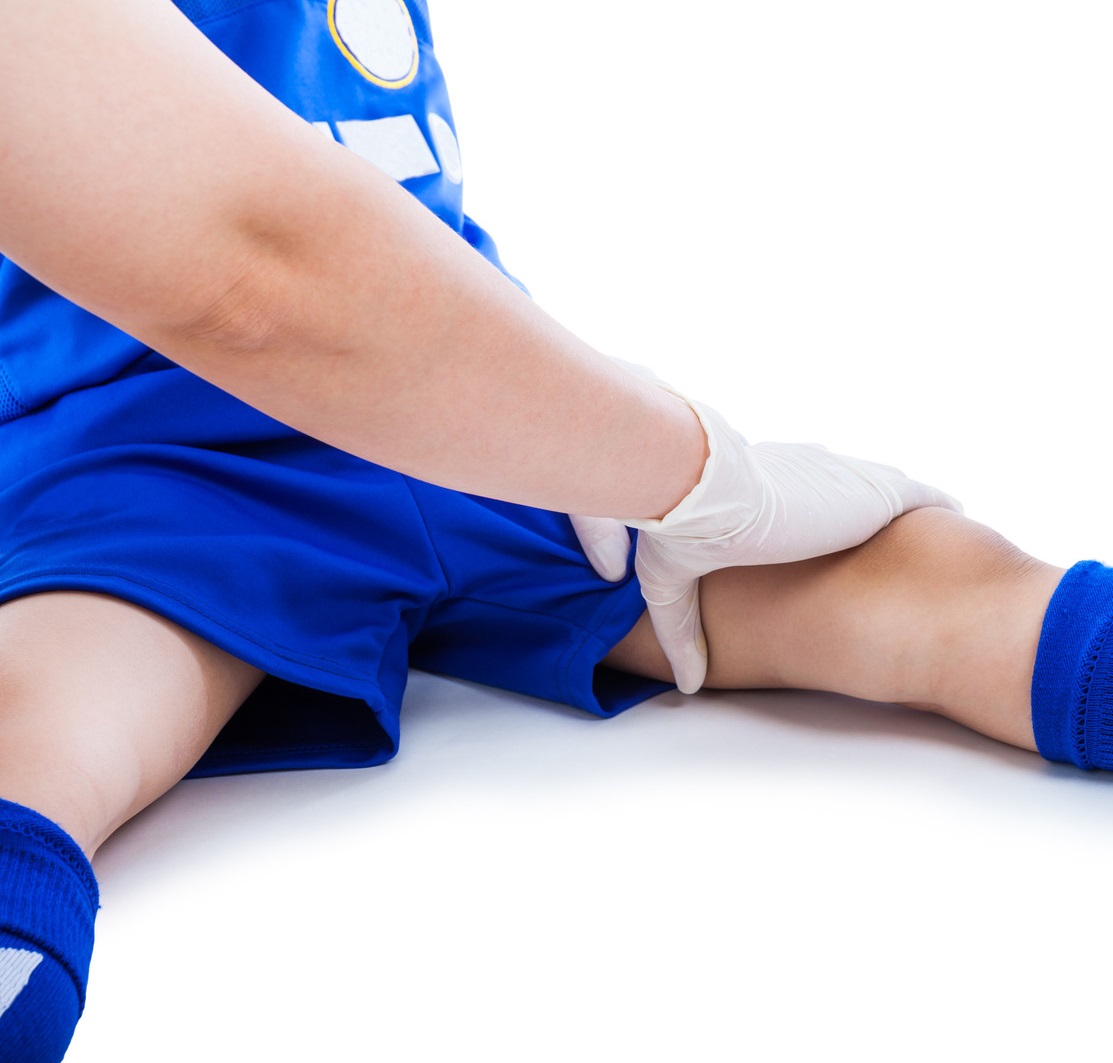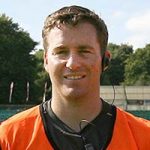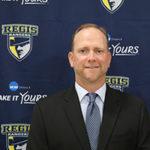The role of sports specialization in overuse injury

For many people starting out in sport, the dream of competing at the top level and the rewards that accompany such a lifestyle can be a driving force. Although the reality is that only a small percentage reach that level, for the remainder of the population, the benefits of sport are plentiful, particularly for young people. It is long recognized that for children, sport enhances both their physical and emotional well-being, while also helping develop a long-term exercise habit. However, as the old adage states, ‘you can get too much of a good thing’, and in many cases, too much exercise at a young age can have a negative impact. The desire for coaches and parents to see children attempt to reach the top and achieve success has resulted in high intensity training at a very young age. There are numerous examples where this can result in burn-out and overuse injury.
Increase in overuse injury
In Overuse Injuries and Burnout in Youth Sports we learn that
“Overuse injuries occur due to repetitive submaximal loading of the musculoskeletal system when rest is not adequate to allow for structural adaptation to take place. Injury can involve the muscle-tendon unit, bone, bursa, neurovascular structures, and the physis”
The evidence of an increase in such injury is provided by doctors who have reported a rise in overuse injuries, with the majority of cases linked to sport. The problem with overuse injuries is that they can be slow to manifest themselves and by the time the problem becomes obvious, a lot of damage has been done. Joel S. Brenner in Overuse Injuries, Overtraining, and Burnout in Child and Adolescent Athletes highlight the problems that can arise
Overuse injuries can be classified into 4 stages: (1) pain in the affected area after physical activity; (2) pain during the activity, without restricting performance; (3) pain during the activity that restricts performance; and (4) chronic, unremitting pain even at rest. The incidence of overuse injuries in the young athlete has paralleled the growth of youth participation in sports. Up to 50% of all injuries seen in pediatric sports medicine are related to overuse.
He continues to point out that the risks of overuse are more serious in the pediatric/adolescent athlete because the growing bones of the young athlete cannot handle as much stress as the mature bones of adults. One of the most obvious causes of overuse injury is over-training, but it is also recognized that by-product of this drive for success is that children are concentrating too early on one sport. It is now accepted that this early specialization has a role to play in overuse injury.
Should early specialization be avoided?
As a result, many experts are now supporting the view that avoiding specialization in one sport at an early age can help prevent overuse injury. Sport specialization is simply defined as intensive, year-round training in one particular sport to the exclusion of other sports and one of the reasons why it is on the increase is because athletes are now reaching the elite level at a younger age. Another cause is the intense competition for college scholarships, with the result that coaches and parents are focusing on a chosen sport much too young and this can have detrimental effects. In Advantages to Sport Diversification the benefits of pursuing a diversity of sports are made clear as it points out that
over-training young athletes, especially in a specific sport, will likely lead to injury and may permanently compromise an athlete’s performance and/or long-term health. It is often recommended that sport specialization should be discouraged until the athlete is a senior in high school. Overuse injuries, surgeries, and permanent damage are all common physical consequences of over-training and sport specialization. Mentally, children will become less motivated and “burnt out,” stripping them of the benefits of youth sports
This idea is backed up by the recommendation of The American Academy of Pediatrics Council on Sports Medicine and Fitness that giving children two or three months off from a specific sport each year will provide the opportunity for their body to recover and to recharge mentally. The report also concludes that
children who play multiple sports have fewer injuries and continue to play longer and at higher levels than children who specialize in one sport before puberty
Meanwhile, How are Overuse Injuries Different than Other Injuries? puts forward the argument that
Well-rounded, multisport athletes have the highest potential to achieve the goal of lifelong fitness and enjoyment of physical activity while avoiding some of the pitfalls of overuse, over-training, and burnout provided that they participate in moderation and are in tune with their bodies for signs of overuse or fatigue
Looking at the bigger picture
This article also supports the idea that those involved in coaching should look at the bigger picture in encouraging long-term participation and good exercise habits into later life.
The ultimate goal of youth participation in sports should be to promote lifelong physical activity, recreation, and skills of healthy competition that can be used in all facets of future endeavors
In ‘Overuse Injuries and Burnout in Youth Sports’ we are told that
diversified sports training during early and middle adolescence may be more effective in developing elite-level skills in the primary sport due to skill transfer
Perhaps the best way to encourage for diversity in sport is through a greater education of parents and coaches of the dangers of single sports specialization at an early age. This will not only help natural talent to flourish by reducing the risk of overuse injury but also allow natural talent to flourish and encourage long-term participation in sport during adulthood. It is a view shared by Brook De Lench in Early Specialization: Nine Reasons Why It Is a Bad Idea
If parents choose not to allow their child to specialize or play on a select team too early, not only will they be doing that child a huge favor, but, if enough parents “just say no” to select teams and early specialization, we can create the balanced, child-centered youth sports system our children deserve and reduce the alarming number of overuse injuries kids are suffering, fully half of which, believes the National Athletic Trainers’ Association, could be prevented if kids took one season off out of four from sports, and delayed playing a single sport all year round until high school
References
How to prevent overuse injuries in youth sport
Are Overuse Injuries Different than Other Injuries? by STOP Sports Injuries
Overuse Injuries and Burnout in Youth Sports: A Position Statement from the American Medical Society for Sports Medicine
Overuse Injuries in Children American Academy of Orthopaedic Surgeons
Overuse Injuries, Overtraining, and Burnout in Child and Adolescent Athletes by Joel S. Brenner
Early Specialization: Nine Reasons Why It Is a Bad Idea by Brooke De Lench
About Metrifit
Metrifit is an athlete monitoring system that gathers subjective and objective information from both coaches and athletes in a simple but effective manner with intelligent visualization helping coaches and athletes to act on that data. Why not have a look at our Ready to Perform product and gain insight on the physical and mental state of your athletes through our daily wellbeing questionnaire? To find out more visit our Metrifit Product Overview page or get in touch for a free demo.
































 Next Post
Next Post





